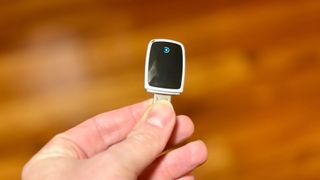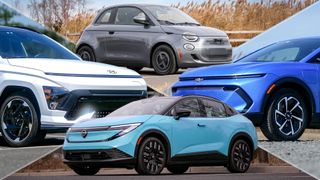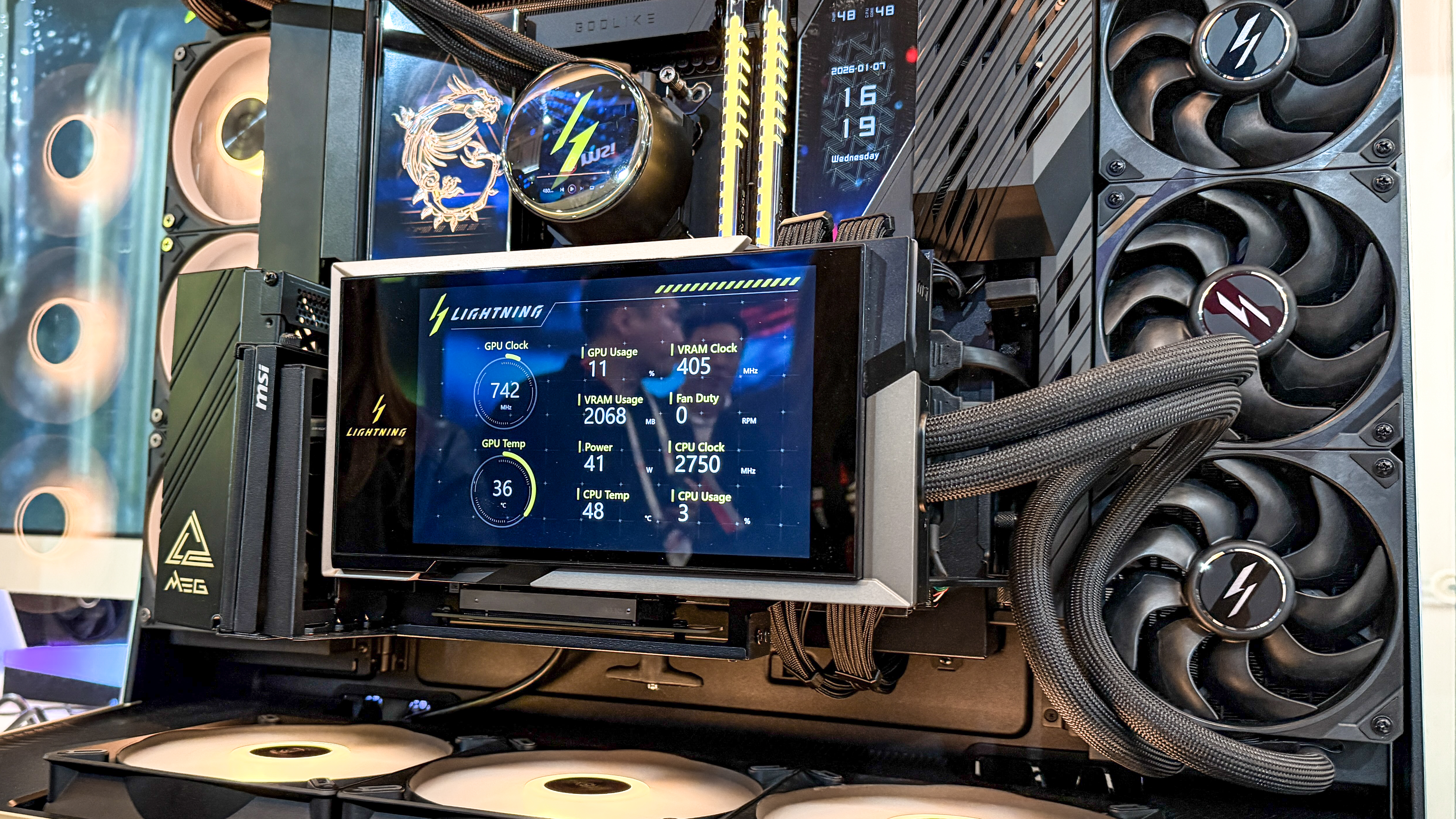Vehicle Tech
Explore Vehicle Tech
Latest about Vehicle Tech

I just tested Alexa+ inside the new BMW iX3 at CES 2026 — and it’s the first in-car AI assistant I'd actually want to use
By Mark Spoonauer last updated
Alexa+ integration is coming to the BMW iX3 later this year, and I got a chance to try it out to see what the assistant can do when you're on the road.
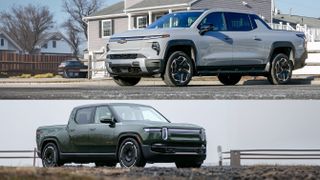
I drove the Rivian R1T and Chevrolet Silverado EV for a week — here’s the winner
By John Velasco published
When it comes to electric pickup trucks, two of the best options right now are the Rivian R1T and Chevrolet Silverado. Here's the one I recommend after testing out both out for a week.

My favorite product of CES 2026 is a rideable (and ridiculously fast) electric-powered cargo wagon
By Dan Bracaglia published
I tested Navee’s new electric-powered camping cart at CES 2026 — and I was seriously tempted to ride it right out of the show and back to my hotel.
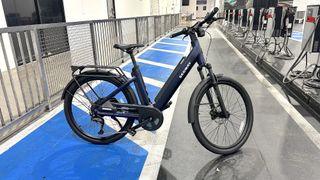
I just tried Segway's new Myon e-bike at CES 2026 — and it might be the best yet for commuters
By Mike Prospero published
Our first test ride with the Segway Myon, the company's new $2,000 e-bike for commuters

The coolest thing at CES 2026 is a new dashcam that brings thermal night vision and CarPlay to any car
By John Velasco published
Introduced at CES 2026, the Vantrue Pilot 2 features a thermal smart module that lets it see through the darkness to alert drivers about potential hazards.
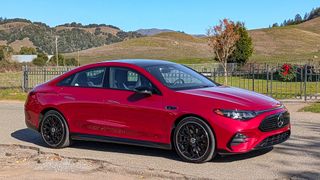
I drove the new all-electric Mercedes CLA — and Tesla should be worried
By Myriam Joire published
The Mercedes CLA is a super-efficient, tech-forward EV that starts at $47,250
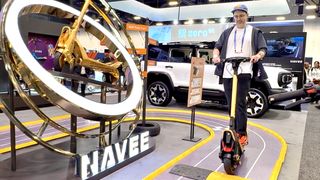
I just test rode the ‘Rolls-Royce’ of electric scooters — and I’ve never had so much fun
By Dan Bracaglia published
The Navee UT5 Ultra X is an electric scooter inspired by supercars with a 43mph top speed, disc brakes, dual suspension, and even traction control.
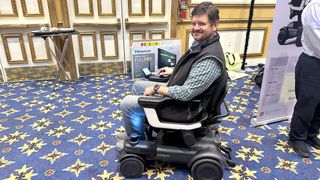
I just rode this self-driving four-wheeled vehicle, and it's so fun I'm going to lose my step goals for the year
By Mike Prospero published
I test-rode the Strutt ev1, a smart personal mobility vehicle with a self-driving mode and AI-powered voice control.
Here at Tom’s Guide our expert editors are committed to bringing you the best news, reviews and guides to help you stay informed and ahead of the curve!
 Club Benefits
Club Benefits





